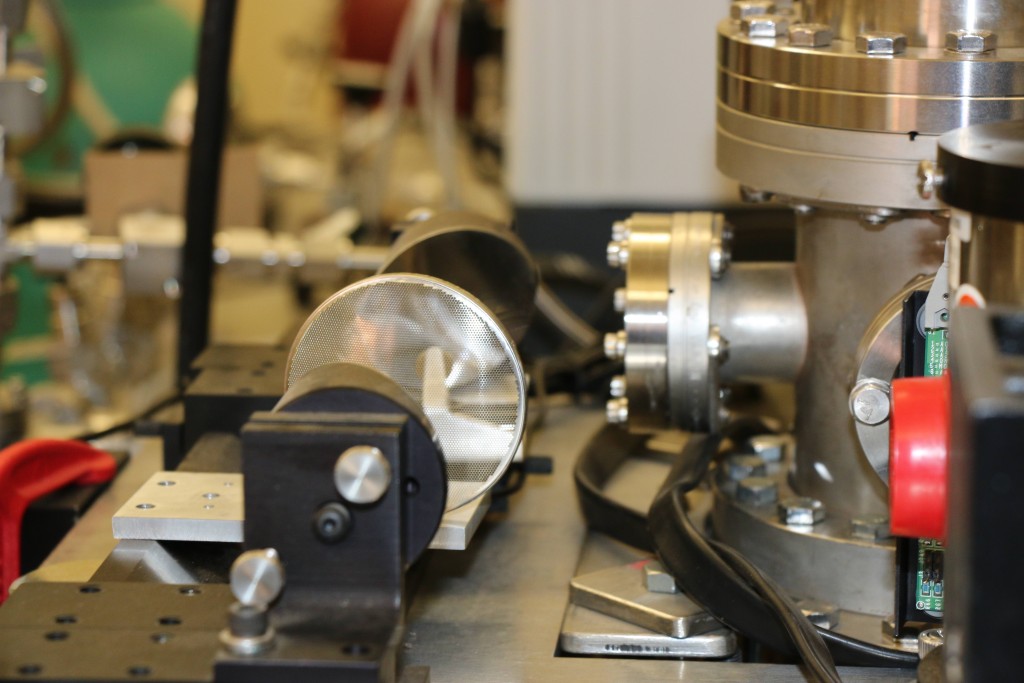As a worldwide audience awaits images from NASA’s New Horizons spacecraft flyby of Pluto on July 14, NAU scientists already are supporting astronomers’ understanding of the dwarf planet’s surface.
|
“You don’t get to see a planet for the first time very often,” said Stephen Tegler, professor and chair of the Physics and Astronomy Department. Tegler also oversees NAU’s ice lab, where ice samples are grown, analyzed and added to the expanding library of data.
“We grow lots of different kinds of ices with different temperatures, mixtures and at different phases. The fingerprint patterns of the samples ultimately will be used to match up images from the New Horizons spacecraft,” Tegler said.
Scientists know Pluto’s surface is made up of nitrogen, methane and carbon monoxide but they want to learn more about how the materials behave at 390 degrees below zero.
“That’s why we’re making samples in the NAU lab where we can study their properties, probing them with a variety of analytical instruments,” said Will Grundy, a New Horizons co-investigator and head of the mission’s surface composition science team.
“Our goal is to understand how the alien landscapes that will soon be revealed by New Horizons were created via the physical and chemical interactions of these exotic ices,” said Grundy, a Lowell Observatory astronomer and collaborator on NAU’s ice lab.
Professors Randy Dillingham and David Trilling are co-investigators in the ice lab, which was funded by NASA for four years.

The New Horizons spacecraft’s spectrometer uses light to provide information about a planet’s physical and chemical composition. Because every atom and molecule has a unique imprint, Tegler compared spectroscopy to fingerprinting, with NAU’s ice lab providing the database of suspects.
The upcoming visual exploration of Pluto will fill in knowledge gaps, possibly revealing craters or ice volcanoes on the dwarf planet. That information will require interpretation and raise new questions.
“When the data comes back, you will answer one question and the information will inspire many more questions, things for us to follow up on here on Earth,” Tegler said.



